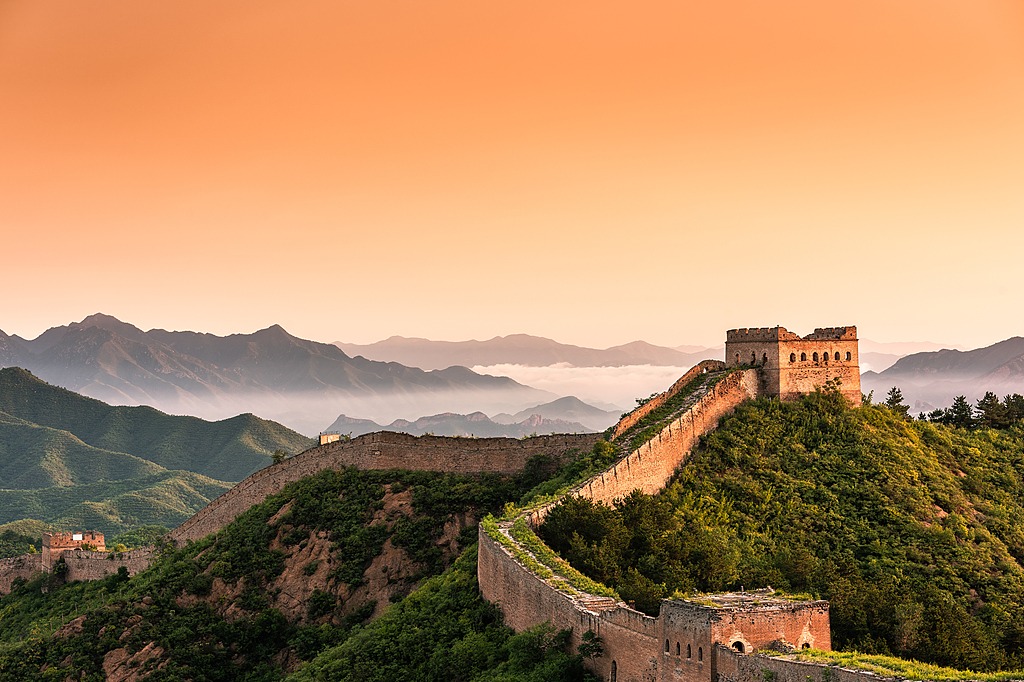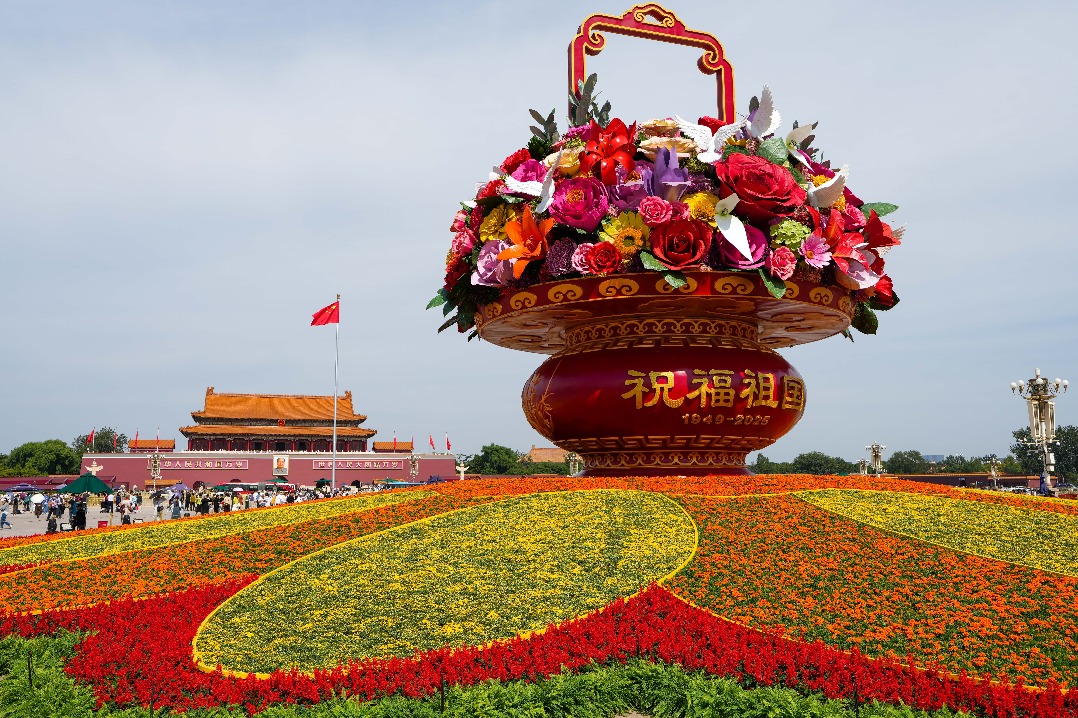From logging to guardianship: How China protects green source of its 'mother river'


As the source of the Yangtze, Yellow and Lancang rivers, Qinghai is known as China's "water tower." The Markog River forest is one of 18 sub-areas of the Sanjiangyuan National Nature Reserve and an important water conservation zone for the upper Yangtze.
The responsibility to protect this ecosystem prompted locals to take on the challenges of change.
Ju Ngaleg, a 58-year-old Tibetan herder, became an ecological ranger in 2005, overseeing more than 6,000 mu (400 hectares) of primary forest, alpine meadows and wildlife habitat.
"At first, when we encountered illegal logging during patrols, we often ended up arguing with the loggers. They even went so far as to secretly drain the fuel from my motorcycle. But with the combined efforts of the government and rangers, these illegal activities were curbed, fostering a healthier coexistence between the forest and grassland," he said.
While older herders tried to make the most of the limited plots of land they had, younger ones began turning to the forest for new sources of income, developing local specialties for wider markets, according to Tao.
Over the past decade, local communities have gained over 60 million yuan (about $8.44 million) in income through participation in ecological management, afforestation and seedling cultivation, creating a model in which residents both take part in and benefit from forest conservation.
Currently, the forest employs 259 "herder-rangers," each earning a fixed annual income of 21,600 yuan.
























